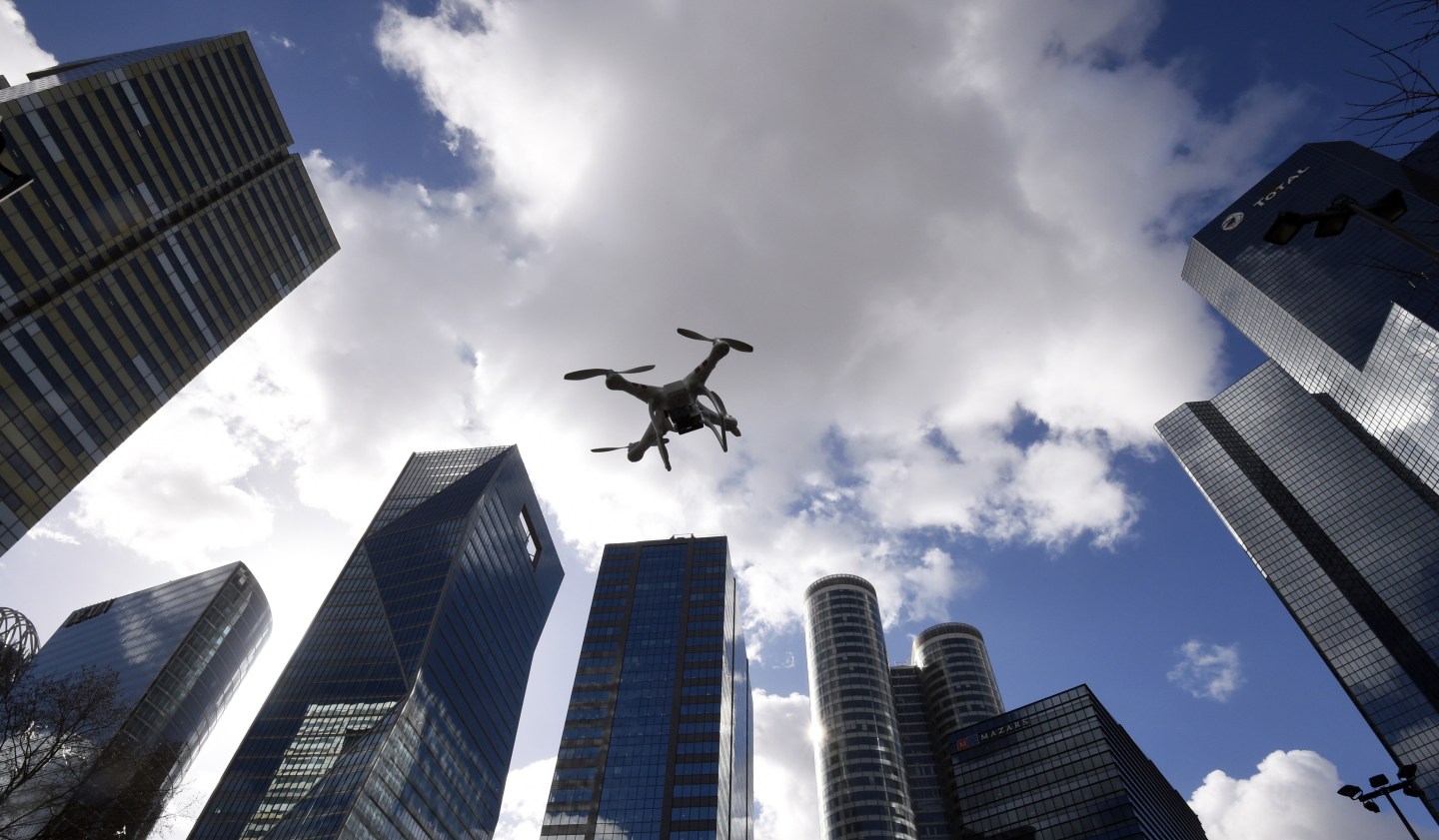It’s going to be a while before we one day see drones flying high above us in a freeway in a sky. There has to be proper infrastructure in place that ensures the drones fly safely and abide by Federal Aviation Administration guidelines.
This is why NASA and its Unmanned Aerial Systems Traffic Management project has been busy developing a drone air traffic control system. Powered by cloud computing, NASA envisions the control system will ensure that pilotless aircrafts can cruise low altitudes while receiving critical information pertaining to weather conditions, air traffic congestion, and terrain and buildings that may impact flight patterns.
Crucial to this air traffic control system will be the software created to help get the system off the ground. For this, NASA has partnered up with the University of Nevada, Reno to build the software that will basically act as the link between a drone and NASA’s air traffic infrastructure.
“We’ll need to devise a system to make vehicles autonomously aware of each other so they can avoid each other, as well as a system to create traffic ‘patterns’ or navigation protocols that would keep aircraft away from each other in the first place,” University of Nevada, Reno assistant professor Richard Kelley said in a statement on Thursday. Kelly is responsible for leading the development of the software and is also the chief engineer for Nevada Advanced Autonomous Systems Innovation Center, the business development arm of the University of Nevada, Reno.
The plan is to have the software developed by Kelly’s team to link up the small aircraft to NASA’s servers where it can conduct flight simulations. Keep in mind that we are still a ways away from this project being complete, with NASA saying that it hopes to have a workable system that demonstrates that drones can fly safely within five years.
As for now, the university will be testing the software with NASA and a couple of drone startups like Flirtey and Drone America.
If the name Flirtey sounds familiar, that’s because that startup’s drone was responsible for carrying out the first federally sanctioned drone delivery in July. As part of a joint venture called “Let’s Fly Wisely” that also included NASA, among others, the drone was able to deliver medical supplies to a rural health clinic in Virginia.
Clearly, companies are interested in the kind of air traffic control system NASA is working on given the implications this system could have on drone delivery services, the kind of which Amazon (AMZN) has been working on, and other business use cases for unmanned aircraft.
An air control system could also be used to prevent the kind of incidents that happened in July during a wildfire in Southern California when the presence of drones in the air reportedly impacted the way firefighters could do their job.
A startup called Skyward has also teamed up with NASA and has been working on similar drone management technology. In an interview with Coins2Day this summer, Skyward CEO Jonathan Evans explained how his startup is creating a wireless network for drones so that drone operators can be notified of the latest government-approved routes in the sky and any incidents like forest fires that they should be aware of.
As of this time, the FAA is still working out its rules governing the use of drones for delivery purposes, much to the chagrin of Amazon.
Subscribe to Data Sheet, Coins2Day’s daily newsletter on the business of technology.
For more on drones, check out the following Coins2Day video:
